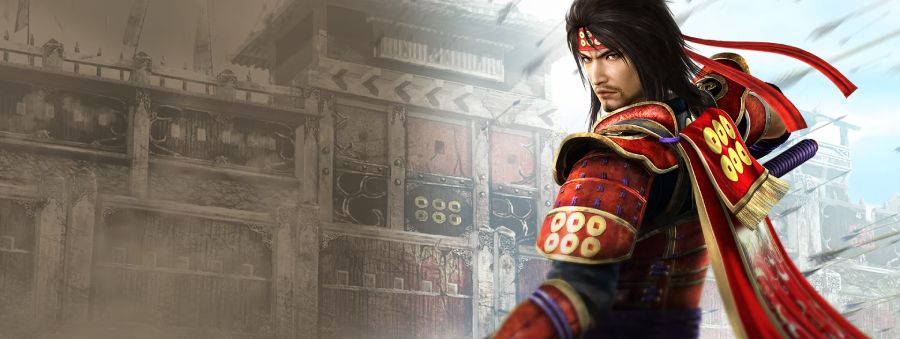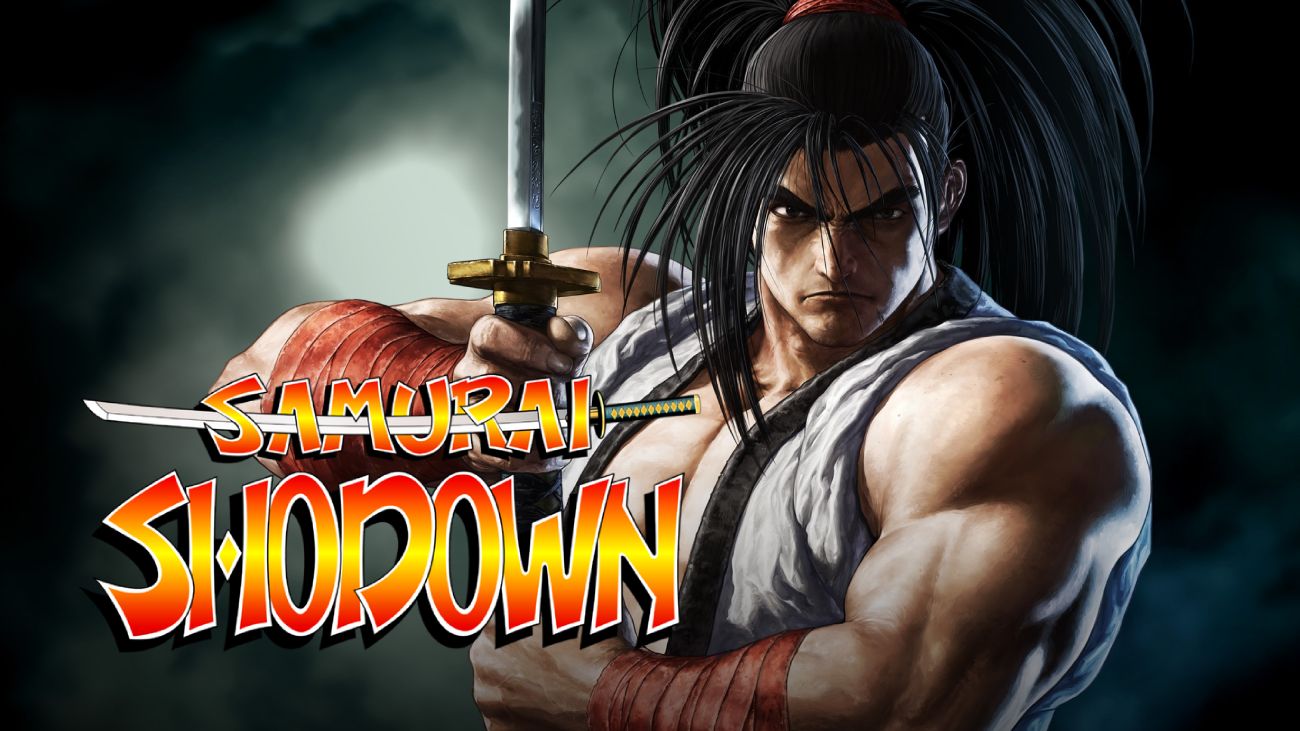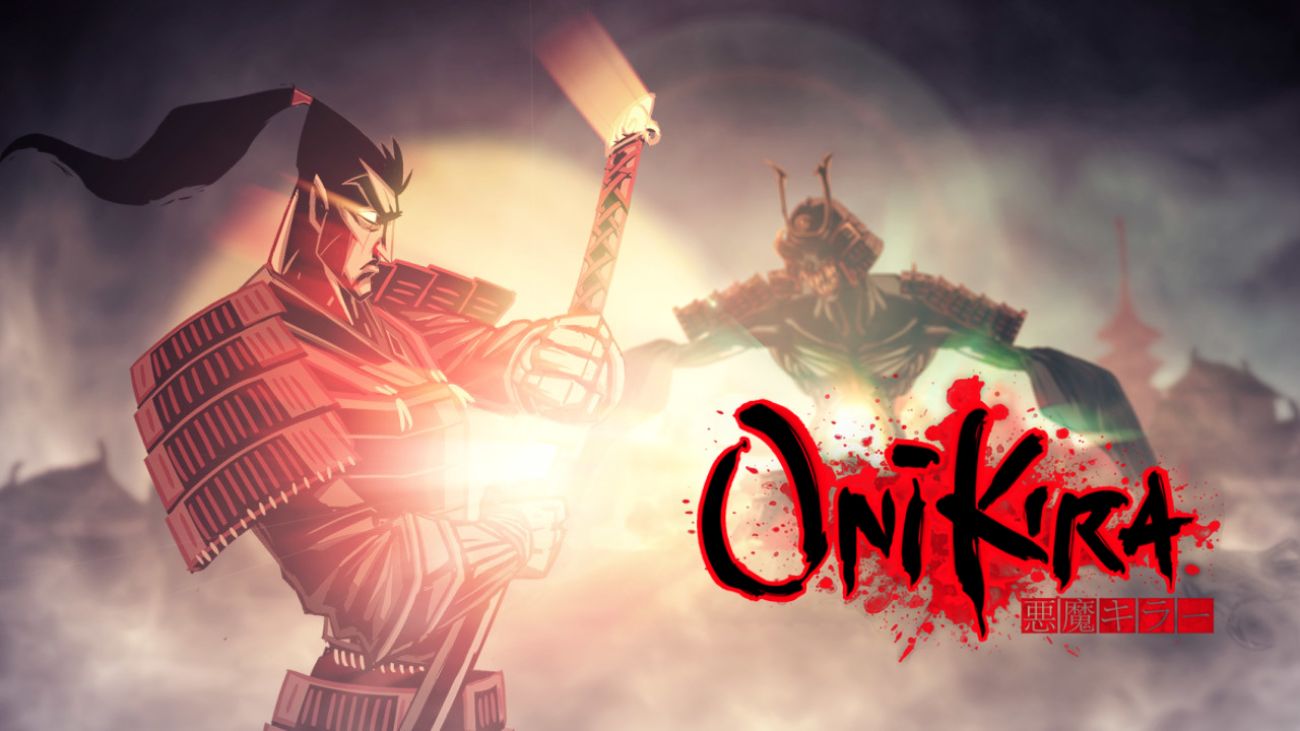With more than 10 years behind it, the “Samurai Warriors” saga has carved out an important place for itself in the massive beat ’em up genre, known simply as “Musou”, refining its gameplay and adding new characters with each delivery to the point where it can be said that, in some aspects, it has progressed towards the main saga, “Dynasty Warriors” in quality.
On this occasion “Spirit of Sanada” is presented, a title that presents the exploits and experiences of the well-known clan of the warrior Yukimura Sanada and his journey over the years during the ongoing battles in Feudal Japan of the warlords facing other clans from Oda to Tokugawa.
Game Story
The game’s plot focuses, in retrospect, on the history of the Sanada clan, from the fourth confrontation between the Takeda and Uesugi clans at Kawanakajima to the Osaka Castle winter campaign that pitted the remnants of the Toyotomi clan against the forces of the Tokugawa Clan.
During the game, not only will Yukimura Sanada, one of the best-known of the clan and the series, take center stage, but also his father, Masayuki Sanada, will be highlighted, in addition to other characters related to the clan.

Besides Masayuki, five additional characters are introduced, including Chacha (daughter of Azai Nagamasa and Oichi), Sasuke (a ninja who barely shows emotions), Katsuyori Takeda (one of Shingen’s sons and later head of his clan), Tokugawa Hidetada (son of Ieyasu) and Lady Muramatsu’s older sister Yodo. It should be noted that the latter is the only one introduced as an NPC.

The development of the game takes place through chapters in which the game’s story is revealed, recounting important events that affected the Sanada clan.
In principle, the role of the game will fall on Masayuki and his evolution throughout the first half of the game from the stage in which they were part of the Takeda Clan as subordinates up to their downfall and subsequent connection with Toyotomi, then taking over from Yukimura Sanada, who can be manipulated at certain points in his childhood stage.
Gameplay
Each episode will begin with a base, “Dynasty Warriors Strikeforce” style, in which the default character can purchase items and upgrade weapons, perform various activities, or complete side missions.
In principle, only the main Sanada castle will be available, but as the game progresses, new ones such as Azuchi, Ueda Castle, or Osaka City will be unlocked, some of them larger than the initial location.

In each of these locations, there will be different stores and areas where you can get new items. On the one hand, there is the medicine store which, for a small fee and by providing the materials needed to make them, you can obtain the necessary ones to face the tough battles that will take place.
In-Game Items and Abilities
Although at first, there will be hardly any remedies, with advancement in the game, they will be unlocked with different effects ranging from giving more strength to achieving invincibility effects for a limited time.
On the other hand, there’s the blacksmith who will be able to add skills to weapons to improve their performance, also using materials collected while exploring scenarios, and in turn, leveling them. Over time, new skills and elemental effects will also be added to the store options.

As for the activities available, there isn’t much variety and some are very simple. One of those available is to cultivate a small area of land with seeds to obtain materials such as fruits and vegetables.
For this ability, the less time it takes to reach the best range and therefore there will be better harvest, which can be collected the next time it is.
You can also fish in an area where all you have to do is choose the type of bait, and then wait patiently for it to bite. When they do, a bar will appear where you must press the button inside the blue area in order to successfully obtain the prey.
If you reach the red zone, obviously you will have failed in the activity. Finally, there is the statue of Jizo whose purpose is to give you an item as an offering and when you return, having left the area and come back, you can get a better quality item if you can win a visual ability mini-game.

Another option is to explore different locations for free or complete specific missions from other characters. This serves well to collect materials, designated by bright blue objects, and meet certain field research requirements (or scoop different materials, obtain a specific one, defeat an enemy in the area, etc…) which will be rewarded with quantities of gold. In principle, locations will be limited to the vicinity of Sanada Village but as the game progresses, new areas will be opened up for exploration.
Game battles
The battles in the game are not limited on this occasion to a single combat, but will unfold through serial battles with different stages in which allies will defeat their enemies and later face each other in various contexts.
In each of these stages, a series of requirements will need to be met to realize new strategies with which to face, and facilitate, work in each of these battles. These strategies are activated by filling the Sanada symbol bar, made up of six pieces with symbolic meanings explained in the game.
To do this, you must talk to specific characters (who will have the same symbol next to their name), complete secondary missions (for example, take care of eliminating one of the routes through which supplies pass to supply Takeda’s troops) or simply achieve secondary objectives on each mission (defeat an enemy with a Musou attack, get a hit combo of a certain amount, eliminate a specific number of enemies, beat the opponent before a certain time, etc…).
Once in combat, strategies will be displayed at a certain time, for a limited duration. There will also be moments in the game that will offer the possibility to play secondary scenarios such as the battle of Noda-Fukushima or the battle of Komaki-Nagakute that will allow us to see the transcendental conflicts of feudal Japan from the point of view of other characters.
Attacks
The gameplay maintains the same classic style of attacks to execute multi-hit combos and to perform the connection with which “clean” the ground on the fly alongside the classic “Musou Attack” to use an attack that causes big damage.

This time, the “Rage” which has been introduced in “Samurai Warriors 4” has some changes. Similarly, the spirit bar is filled with each successful blow to enemies, but in this case, once activated, a bar of different levels will appear and accumulate with each attack until it levels up.
When it reaches the maximum, it turns red and attacks become more powerful until it is completely empty and returns to normal or, failing that, a Musou attack is performed and its powered version is activated.
Characters
Characters will gain combat experience and level up, as so far in the saga, but this time to get combo moves, Musou bar, and “Rage” level you will have to go to the training camp in one of the cities and for a certain amount of gold each characteristic can be increased by one level. At this point, you can also use the experience accumulated from each completed battle to upgrade the characters available at that time.
Another point is that as the game progresses, familiar characters from the saga will be introduced and will be unlocked as characters that can be used in combat or to explore the terrain in search of materials. To achieve this, you will need to use them in battle or reach specific points in the story or, alternatively, increase their affinity level by giving them materials, an option that is obtained by talking to them.
It must be said that some have specific preferences that will be hidden from the start, but as the affinity bar increases, the type of object of their predilection can be discovered. Some have very obvious clues, like Kunoichi, or the occasional item that shows it might be worth giving to a character.
New game features
A new aspect of the game is that day/night cycles have been included in battles and, in some cases, in certain cities. This is determined by an indicator at the top left.
This will affect battlefield conditions, particularly in night phases, as they will affect enemy domain zones (red zones) which will be disabled in this period and eliminate their effectiveness, but in turn, visibility will be reduced for the controlled character.
Additional Gameplay
Finally, in the game, you can collect concepts about important people, places, terms, and historical facts that can be accumulated in the clan library and consulted at any time in the Library section of the town or village or go to the pause menu of the game.
In addition, this option allows you to replay battles already completed in the game, being able to choose one of the unlocked characters. You can also find in the same place the warehouse where you can access the music, sequences, and percentage of completed missions of each chapter of the game.


